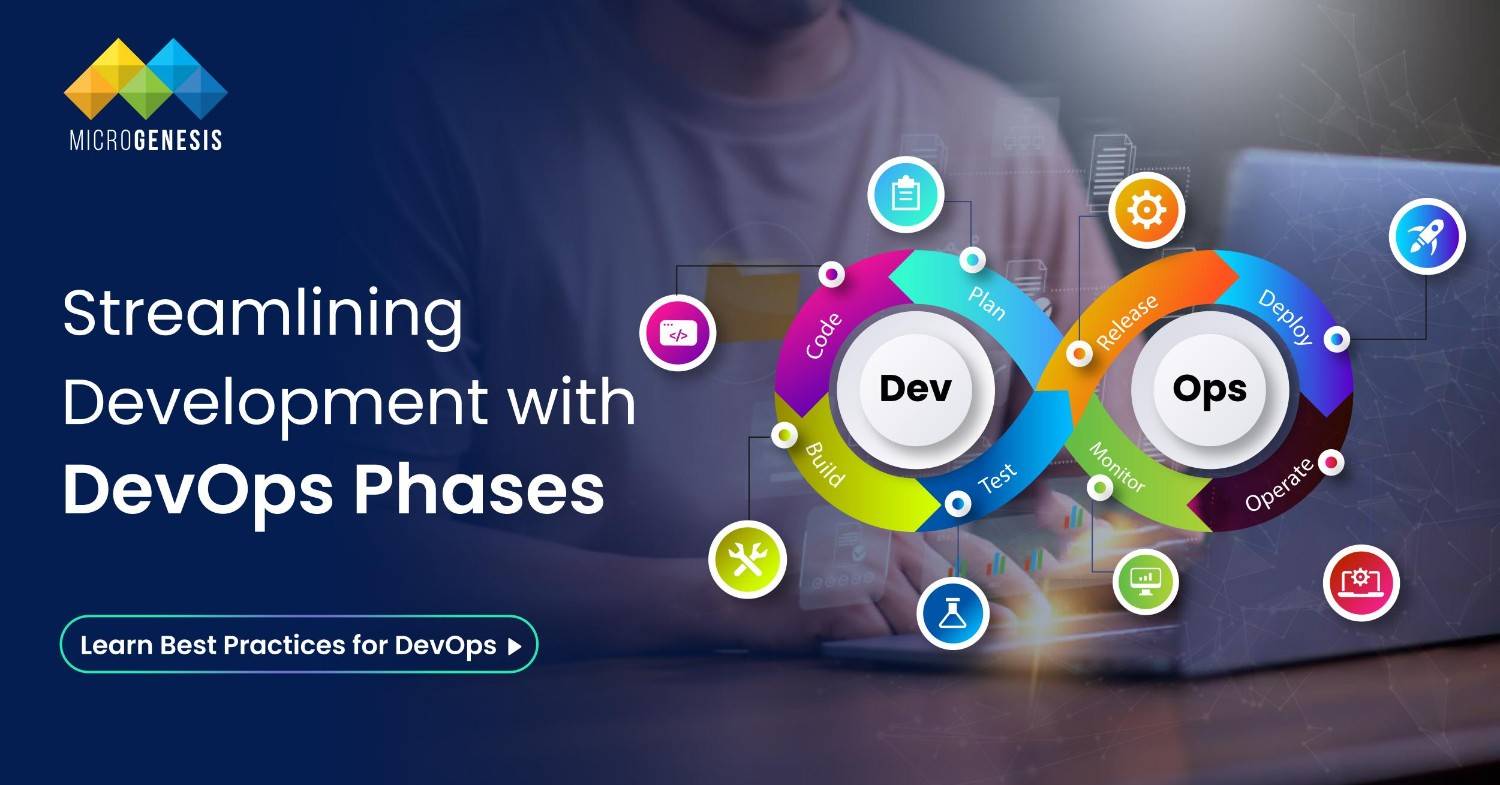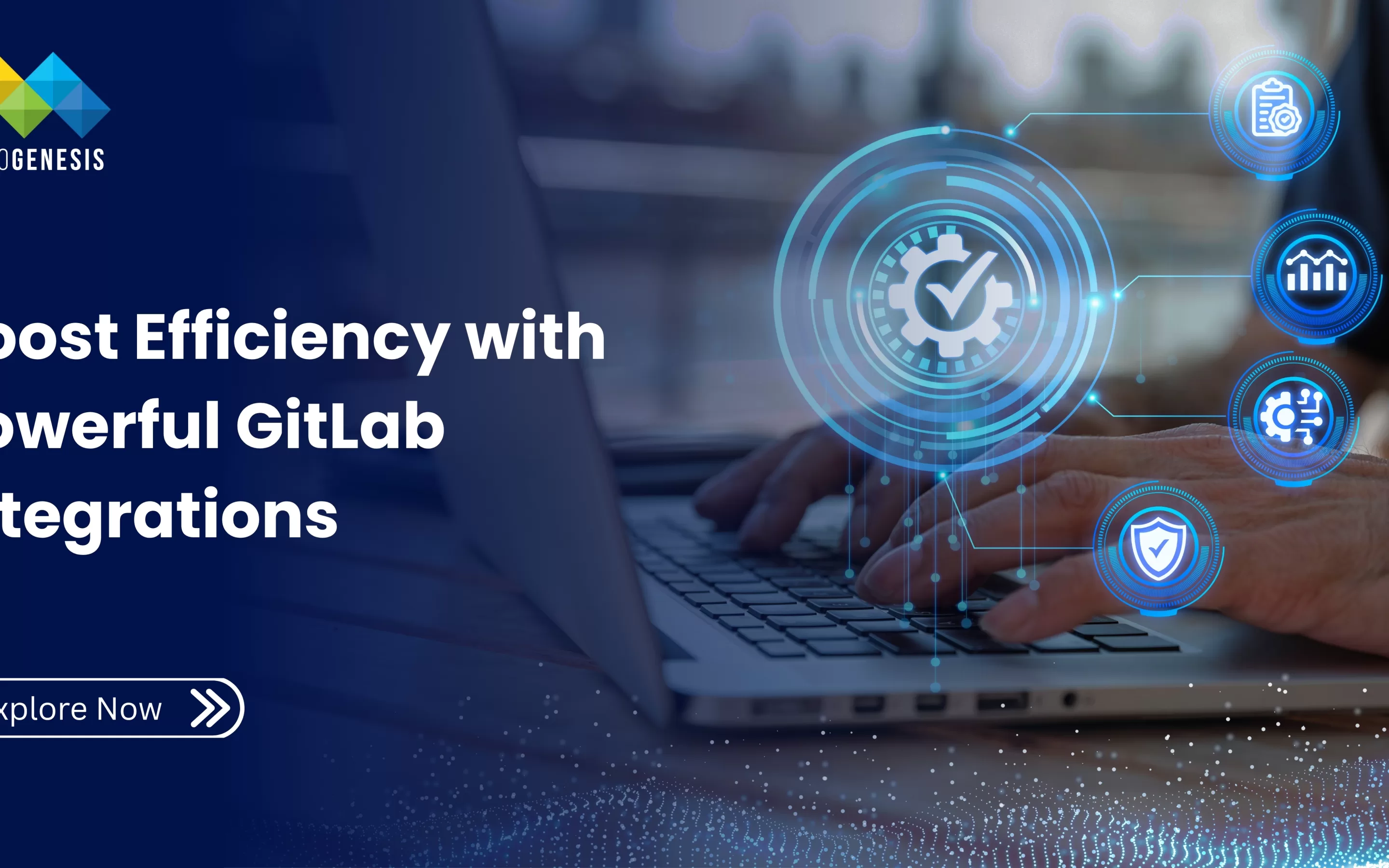The demand for faster software delivery and increased collaboration between development and operations teams has driven the adoption of DevOps. A well-defined DevOps workflow is essential to achieving this goal, ensuring continuous integration, testing, deployment, and monitoring. This blog explores the key phases of creating a DevOps workflow and best practices to optimize its implementation.
What Is a DevOps Workflow?
A DevOps workflow refers to the sequence of processes, tools, and practices that guide the development and deployment of software. It integrates the efforts of development (Dev) and IT operations (Ops) teams to deliver applications more efficiently, with reduced errors and faster time-to-market.
Key objectives of a DevOps workflow include:
- Automating repetitive tasks.
- Improving collaboration between teams.
- Ensuring quick and reliable deployments.
- Continuously monitoring and optimizing performance.
Phases of a DevOps Workflow
Creating a DevOps workflow involves several phases, each designed to streamline the software development lifecycle (SDLC). With DevOps consulting services from MicroGenesis, you can optimize these phases for efficiency and collaboration. Let’s explore these phases in detail:
1. Plan
The planning phase establishes the foundation for the entire workflow. Teams define objectives, identify deliverables, and allocate resources.
Key steps in the planning phase:
- Requirement Gathering: Collaborate with stakeholders to understand business and technical requirements.
- Tool Selection: Choose tools like Jira for project management and Confluence for documentation.
- Roadmap Creation: Develop a timeline and define milestones.
Best practices:
- Involve all stakeholders early to avoid misaligned expectations.
- Use Agile methodologies to ensure iterative planning and flexibility.
2. Develop
This phase focuses on writing and managing code. Developers work on new features, fix bugs, and ensure code quality.
Key practices:
- Version Control: Use systems like Git to track changes and maintain code integrity.
- Code Reviews: Conduct peer reviews to identify errors and maintain quality standards.
- Coding Standards: Adopt consistent coding practices to avoid confusion in multi-developer projects.
Tools to consider:
- GitHub, GitLab, Bitbucket for version control.
- Visual Studio Code or IntelliJ IDEA for development environments.
3. Build
The build phase compiles the source code into a functional application. Automation plays a critical role here to ensure consistent builds.
Key steps:
- Dependency Management: Ensure all required libraries and dependencies are available.
- Build Automation: Use tools like Maven, Gradle, or Jenkins to automate the build process.
- Static Code Analysis: Identify vulnerabilities or inefficiencies in the code.
Best practices:
- Automate builds to eliminate manual errors.
- Conduct nightly builds to detect integration issues early.
4. Test
Testing ensures the application meets quality standards before deployment. This phase involves automated and manual testing to identify defects.
Types of testing:
- Unit Testing: Validate individual components.
- Integration Testing: Ensure seamless interaction between modules.
- Performance Testing: Assess the application’s responsiveness under load.
Tools for testing:
- Selenium, JUnit, and TestNG for automated testing.
- Postman for API testing.
Best practices:
- Automate as much of the testing process as possible.
- Test in an environment that mirrors production conditions.
5. Release
The release phase involves packaging the application for deployment. This step ensures the application is ready to go live.
Key practices:
- Versioning: Assign clear version numbers to track changes.
- Release Automation: Use tools like Jenkins or Azure Pipelines to automate the release process.
- Pre-Release Testing: Validate the final build in a staging environment.
Best practices:
- Maintain a rollback plan in case of deployment issues.
- Communicate release details to all stakeholders.
6. Deploy
Deployment moves the application from a staging environment to production. Continuous Deployment (CD) practices ensure seamless releases.
Deployment strategies:
- Blue-Green Deployment: Deploy new versions alongside the old ones to minimize downtime.
- Canary Releases: Gradually roll out the update to a subset of users.
- Infrastructure as Code (IaC): Automate infrastructure management using tools like Terraform.
Best practices:
- Monitor the deployment for unexpected issues.
- Use real-time logging and alerting to detect failures.
7. Operate
After deployment, the application enters the operational phase, where it is actively monitored and maintained.
Key steps:
- Monitoring: Use tools like Prometheus or Datadog to track performance metrics.
- Incident Management: Resolve issues promptly to minimize downtime.
- Scaling: Adjust resources based on demand using container orchestration tools like Kubernetes.
Best practices:
- Set up automated alerts for critical metrics.
- Regularly review logs to identify patterns and potential improvements.
8. Monitor
Monitoring is an ongoing process in DevOps workflows. It provides insights into application performance and user behavior.
Key metrics to monitor:
- Latency: Time taken to process a request.
- Error Rates: Frequency of application failures.
- System Uptime: Availability of the application.
Read more : 10 Best DevOps Collaboration Tools for Software Teams
Best practices:
- Use dashboards for real-time visualization.
- Implement feedback loops to improve the development process.
Best Practices for Building a DevOps Workflow
To ensure the success of your DevOps workflow, follow these best practices:
1. Embrace a Collaborative Culture
Foster collaboration between development and operations teams by breaking down silos. Encourage open communication and shared responsibilities.
2. Automate Everything
Automation is the backbone of DevOps. From testing to deployment, automating repetitive tasks saves time and reduces errors.
3. Implement Continuous Feedback
Use feedback from monitoring and user analytics to identify areas for improvement. Incorporate this feedback into the planning phase for future iterations.
4. Use Modular Tools
Choose tools that integrate well with each other, allowing you to create a seamless workflow. Examples include:
- Jenkins for CI/CD.
- Docker for containerization.
- Kubernetes for orchestration.
5. Regularly Review and Refine
DevOps is a continuous process. Periodically review your workflow to identify bottlenecks and optimize efficiency.
Conclusion
Creating a DevOps workflow involves planning, automating processes, fostering collaboration, and continuously improving based on feedback. With MicroGenesis, a leading IT solution company, and our expert DevOps services, organizations can accelerate their software development lifecycle, reduce errors, and enhance product quality. Start building your DevOps workflow today with MicroGenesis to unlock its full potential!




